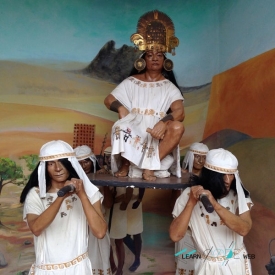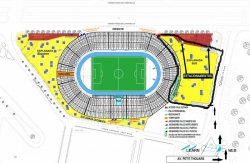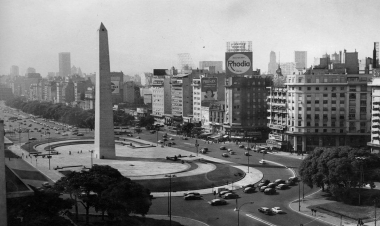ABOUT Cladh Hallan
Cladh Hallan (Scottish Gaelic: Cladh Hàlainn, Scottish Gaelic pronunciation: [kʰl̪ˠɤɣ ˈhaːl̪ˠɪɲ]) is an archaeological site on the island of South Uist in the Outer Hebrides in Scotland. It is significant as the only place in Great Britain where prehistoric mummies have been found. Excavations were carried out there between 1988 and 2002, indicating the site was occupied from 2000 BC.
In 2001, a team of archaeologists found four skeletons at the site, one of them a male who had died c. 1600 BC, and another a female who had died c. 1300 BC. (about the same time as King Tutankhamun of Egypt). At first the researchers did not realise they were dealing with mummies, since the soft tissue had decomposed and the skeletons had been buried. But tests revealed that both bodies had not been buried until about 1120 BC, and that the bodies had been preserved shortly after death in a peat bog for 6 to 18 months. The preserved bodies were then apparently retrieved from the bog and set up inside a dwelling, presumably having religious significance. Archaeologists do not know why the bodies were buried centuries later. The Cladh Hallan skeletons differ from most bog bodies in two respects: unlike most bog bodies, they appear to have been put in the bog for the express purpose of preservation (whereas most bog bodies were simply interred in the bog), and unlike most bog bodies, their soft tissue was no longer preserved at the time of discovery.
In 2001, a team of archaeologists found four skeletons at the site, one of them a male who had died c. 1600 BC, and another a female who had died c. 1300 BC. (about the same time as King Tutankhamun of Egypt). At first the researchers did not realise they were dealing with mummies, since the soft tissue had decomposed and the skeletons had been buried. But tests revealed that both bodies had not been buried until about 1120 BC, and that the bodies had been preserved shortly after death in a peat bog for 6 to 18 months. The preserved bodies were then apparently retrieved from the bog and set up inside a dwelling, presumably having religious significance. Archaeologists do not know why the bodies were buried centuries later. The Cladh Hallan skeletons differ from most bog bodies in two respects: unlike most bog bodies, they appear to have been put in the bog for the express purpose of preservation (whereas most bog bodies were simply interred in the bog), and unlike most bog bodies, their soft tissue was no longer preserved at the time of discovery.




